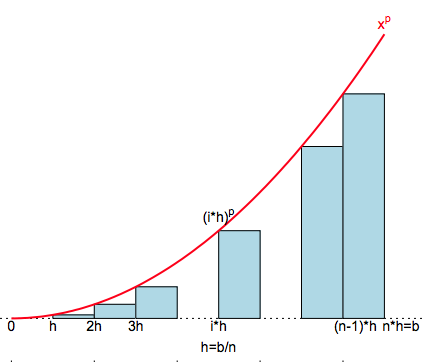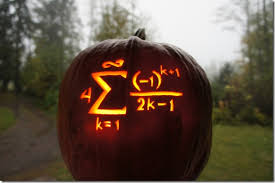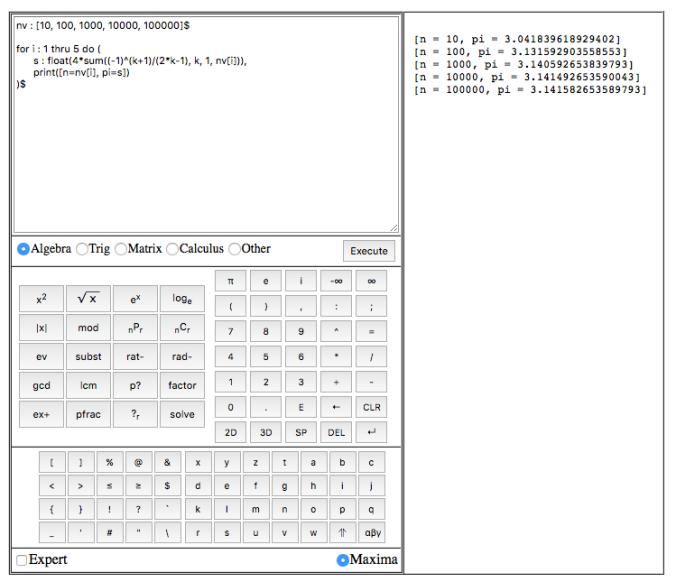
Fig. 1
By recalling the general formula for power summation derived in “Little Bird and a Recursive Generator“, namely
We can obtain the result
where and
, without the Fundamental Theorem of Calculus.
To this end, we divide the interval into
sub-intervals of equal length as shown in Fig. 1. Let
denotes the sum of the areas of the rectangles. The value
tends to as
increases, is the definite integral of
from
to
, i.e.,
.
Since
It follows from (1) that
.
For reduces to
,
and the result immediately follows:
.
For , we let
.
Clearly,
.
Since ,
.
i.e.,
.
Therefore,
.
Applying this result to the area from to
we have
,
and by subtraction of the areas,
.

